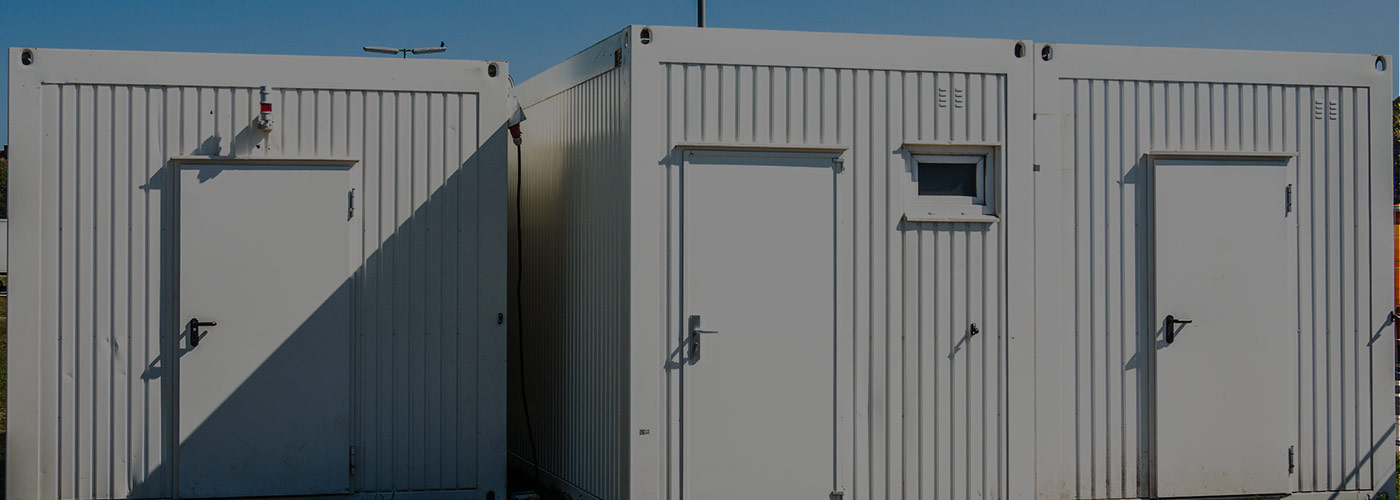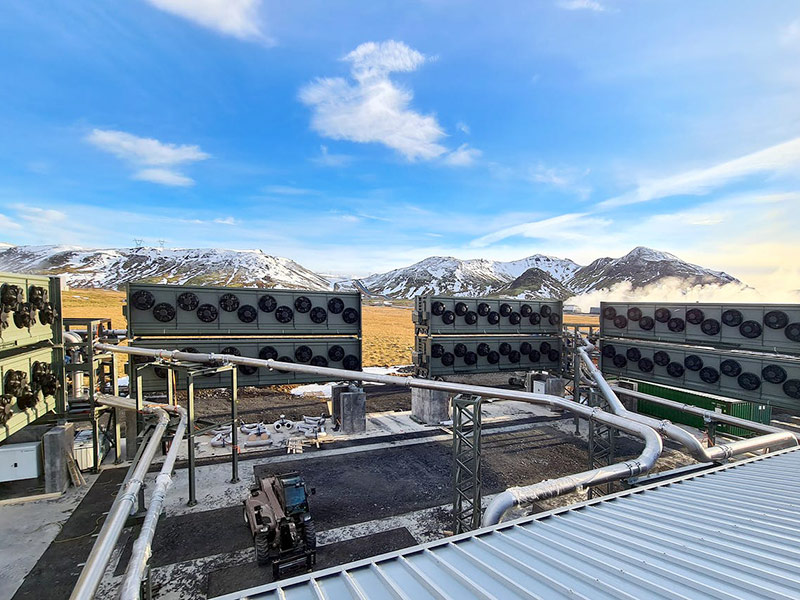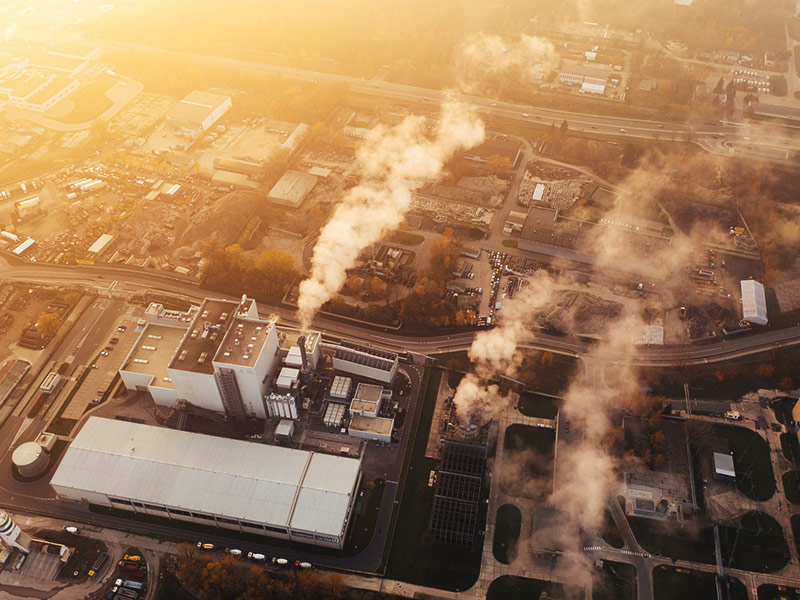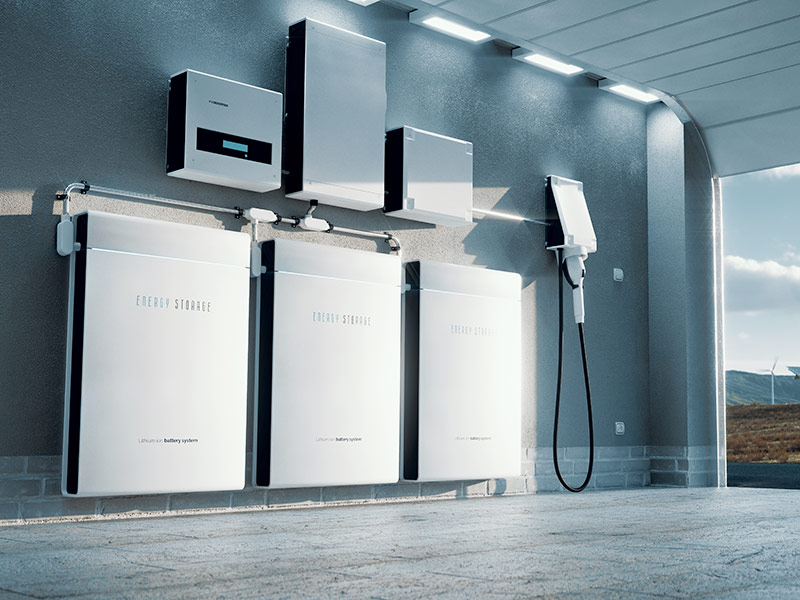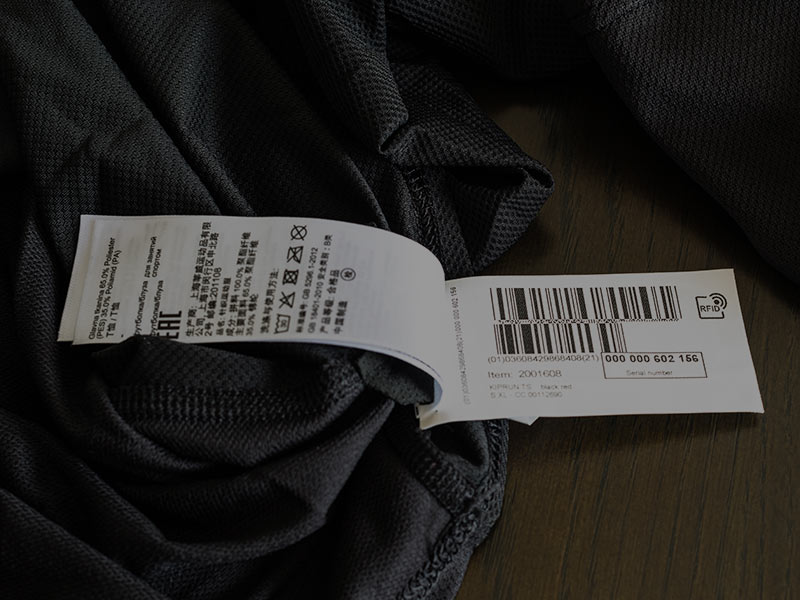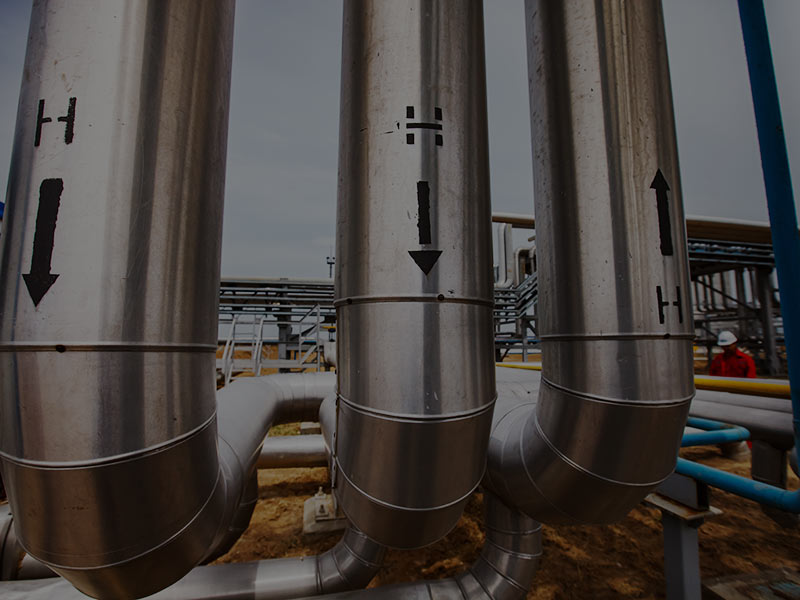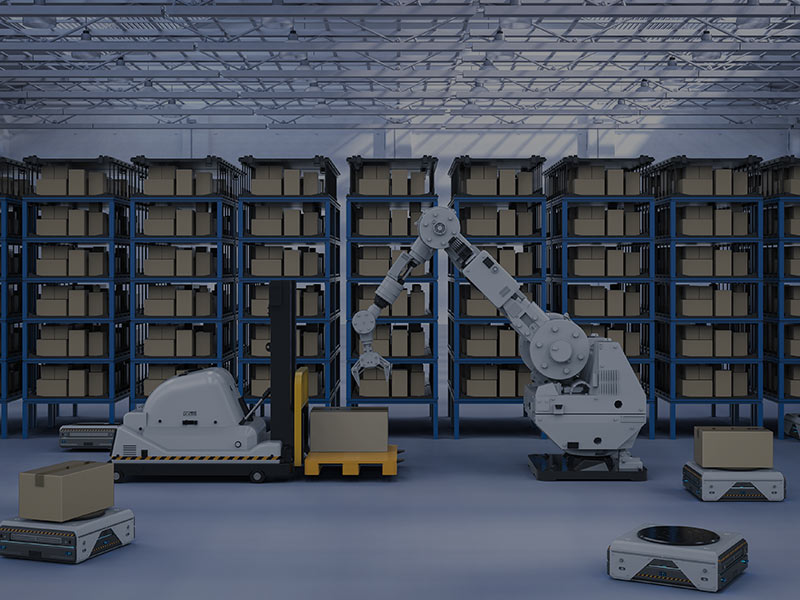
Businesses are looking to increase resilience and speed in their supply chains amid disruptions like COVID-19 while decreasing emissions in accordance with climate commitments. As such, many are turning to nearshoring, reshoring, or shortening supply chains as the solution, with companies like Walmart already investing billions in the process. But factories are complex and clunky and cannot simply be shipped closer to consumers or raw materials overnight. So how exactly does one shift millions of dollars of machinery, workers, and intricate networks of suppliers and inputs? The answer may lay in the mobile micro-factory.
What’s New
Powered by technologies such as 5G and additive manufacturing, also known as 3D printing, the use of mobile micro-factories at the site of consumption is increasing.
Micro-factories allow production to be faster and more nimble than ever before, especially when coupled with advancements in 3D printing. Previously reserved for prototyping, the enhanced capacity and range of materials available for 3D printing from glass to bone-like tissue are enabling wider use across industries.
This new supply chain practice can be used to support operations in remote areas or bring complex supply chain processes closer to consumers or raw materials.
The U.S. Department of Defense, U.S Marines, and the Dutch Navy are all making use of portable 3D printer factories inside shipping containers, which can quickly be deployed to areas of need. A similar use case exists in construction, where the production of spare parts and inputs in remote areas helps avoid long delays and high logistics costs. Companies of all sizes, from Autodesk to start-up Mobile Smart Factory, are creating mobile "toolboxes" or factories to provide parts to construction and other industries.
For food and beverage processing, lower-tech mobile factories have been used for small-scale food processing for some time from the U.S. to India. These units can improve food safety, reduce food waste, improve farmer livelihoods, and increase the foods system’s resilience to shocks.
As technology improves, these mobile centers may increase in sophistication and may find more commercial use cases, such as Unilever’s mobile micro-factory for food processing. The micro-factory is fully programmed and controlled remotely and is currently being trialled inside a shipping container in the Netherlands.
The rollout of 5G is only expected to increase the use of distributed manufacturing models such as micro-factories as it enables better operations of remote machinery in real time. Since 5G connections rival wired connection, machinery will no longer require physical connection to achieve peak productivity. In conjunction with improved wireless coverage across the globe, wireless factories could essentially crop up anywhere.
The technology is maturing at the same moment there is an increased focused on reshoring, nearshoring, and supply chain shortening across industries as a means to bolster resilience to future supply chain shocks. Together, they point to the increased use of modular mobile factories as means to supplement or shift production as they can easily be moved in response to demand or disaster.
Signals of Change
Unilever is piloting mobile factories inside 40-foot shipping containers, which allow the company to quickly respond to shifts in demand by ramping up or decreasing production in certain areas or for certain products while minimizing waste and emissions.
Bionic Production GmBH has developed a modular factory in a shipping container equipped with 3-D printers. The "Mobile Smart Factory" provides 3D-printed plastic and metallic spare parts and tools for a variety of industries, often in remote locations, and minimizes their production downtime and need to stock spare parts. The African market is of particular interest as the solution is well suited to remote production sites, such as mining and agriculture.
In early 2021, the U.S. Department of Defense contracted additive manufacturing company ExOne to develop a 3D printer factory inside a shipping container that can easily be transported by land, sea, or air to produce parts need by the military. In addition to its portable design, 3D printing is a key aspect of these factories as it brings speed and flexibility to the manufacturing process: parts can be produced in 48 hours instead of the usual six weeks.
Fast Forward to 2025
We are transforming the cashew nut industry in Guinea-Bissau. Our mobile factories enable farmers to take ownership of the processing of their produce and access the extra profits from exporting a more finished product. All through the smallest factories you’ve ever see...
The Fast
Forward
BSR Sustainable Futures Lab
Implications for Sustainable Business
This new mode of manufacturing offers opportunities to fill gaps in supply chains, improve efficiency and resilience, and empower local producers. In particular, the ability to respond to a crisis may be drastically improved by being able to produce goods, such as food and medical equipment, at the site of the emergency.
Mobile micro-factories could decentralize employment and provide new job opportunities for people in more remote areas, such as enabling value-added services for small-scale farmers. However, the role of automation and level of skills required are key aspects of this opportunity, and skilled labor availability may be a challenge.
The temporary nature of micro-factories also raises questions about job security for those employed in micro-factories and about longer-term commitments to communities in which companies operate. Companies exploring the use of mobile micro-factories and distributed manufacturing need to ensure that job impacts and, in particular, differentiated impacts on different groups that can be overrepresented in supply chains, such BIPOC, women, migrant workers, and minorities, are considered. There may be unforeseen disruptions to local economies as new factories displace small-scale providers of services like tooling and repairs.
The micro-factories approach is a novel approach that can and should be used to solve specific issues in supply chains, whether that is to respond to shocks or to create new models of production that bring added value to workers, enhanced resilience, or improved food sovereignty. It’s an exciting development with potential for social and environmental innovation in supply chains.
Mobile micro-factories also provide both opportunities and risks for environmental impacts in the supply chain. Increased mobility could allow production to quickly move out of water-scarce areas or areas impacted by climate change. Placing production sites close to consumption also provides an opportunity to quickly respond to market needs, shorten supply chains, and reduce emissions from the transport of finished goods.
However, companies will need to consider unforeseen environmental impacts from shipping factories globally and placing factories in new locations that require the sourcing of local inputs such as water, specifically in locations that don’t have the infrastructure for industrial supplies of water and other inputs.
In food processing, the emergence of micro-factories could alter the demand for local produce and diversity of crops in a region. A similar concern exists for processing industrial waste in areas with inadequate infrastructure to do so. Regulations on pollution will have to adapt to account for the possible short-term pollution in a particular area.
Shifting supply chains may also provide challenges for governance and transparency, making companies more independent from jurisdictions and their regulations. Issues such as tax regulation and transparency may arise from production in altogether new places or even offshore.
Similarly, shifting supply chains may impact traceability of inputs, long-term supplier engagement, and responsibility to business partners. To accommodate the pace of change in supply chains, environmental and social monitoring and assessment processes will need to be updated to support the flexibility and speed at which supply chains may shift, ensuring that due diligence processes such as impact assessments can still take place.
Adhering to local regulations, such as business-operating licences and rights to land use would also need to be considered given the pace at which operations may be established versus the pace at which these regulations licences are granted.
Finally, distributed manufacturing models dependent on large amounts of data are more vulnerable to cyber attacks. The increased number of connected devices, remote control, and use of cloud storage all increase the risk, which is more acute in industries such as defense.
![]()
Previous issue:
The Risk to Insurance
![]()
Next issue:
Carbon Trade Wars?
